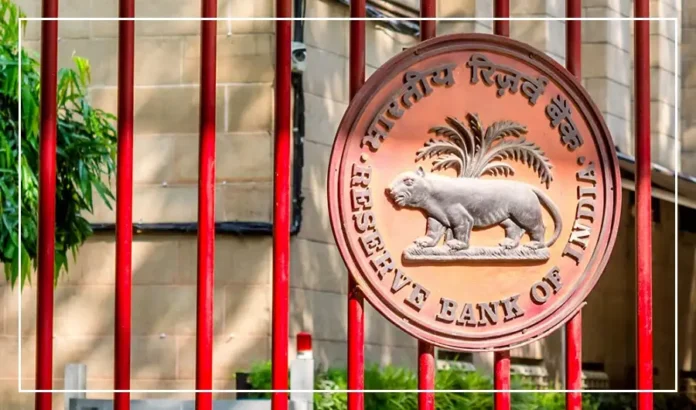In the next three months, banks will need to focus on returning unclaimed deposits to their rightful owners, nominees, or heirs, as directed by the Reserve Bank of India (RBI).
RBI’s Directive On Unclaimed Deposits
The central bank has set October to December 2025 as the dedicated period for clearing pending claims and reactivating dormant accounts.
This rule applies to deposits that remain untouched for 10 years. It includes savings or current accounts with no activity for a decade and fixed deposits that are not claimed within 10 years after maturity.
According to the procedure, such funds are transferred to the Depositor Education and Awareness (DEA) Fund managed by the RBI. Claimants, however, can still access them anytime by contacting their banks.
Rising Value Of Unclaimed Deposits
Unclaimed balances are increasing sharply. As per RBI data, the amount stood at about ₹78,213 crore in March 2024, showing a 26% rise compared to the previous year.
To address this, the RBI has recently updated rules related to inoperative accounts and unclaimed deposits. The aim is to simplify the process of updating KYC (Know Your Customer) details and making it easier to claim funds.
Now, customers can update KYC at any bank branch, through video-based verification (V-CIP), or with the help of local business correspondents (BCs).
Benefits Of The New Measures
The RBI is also promoting its UDGAM portal (Unclaimed Deposits – Gateway to Access Information), which allows people to check for unclaimed deposits across multiple banks in one online search.
Over 8.5 lakh users have already accessed the platform since its launch.
These steps also help banks by cleaning up their balance sheets, as unclaimed deposits are treated as liabilities. At the same time, it ensures customer welfare by returning idle money to the rightful owners.
It further supports financial inclusion and builds trust, especially for families unaware of dormant accounts left behind by deceased relatives.
Challenges Ahead
Banks, however, will face high operational pressure in verifying documents and processing claims within 90 days.
There are also risks of fraud, as easier KYC processes like video verification could attract false claims.
Another major hurdle is the lack of awareness, particularly in rural areas, where many people remain unaware of dormant accounts in their name.
